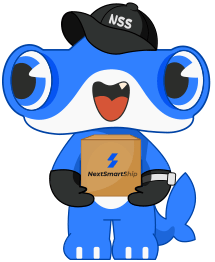In modern shipping, barcodes make logistic processes efficient and reduce human errors. 40% of the global barcode reader market share comes from the fulfillment segment as 2018 statistics.
Predictions expect this to grow at a compound annual growth rate (CAGR) of 4.7% from 2019 to 2025. Using barcodes in third-party fulfillment centers(3PL) is at the core of successfully fulfilling your product orders and shipments.
Today, you will learn how 3PL uses barcodes in receiving, packaging, and shipping your orders.
Let’s get started.
Table of Contents
- What is a shipping barcode?
- How 3PLs use shipping barcodes?
- What are the two main types of barcodes 3PL encounter and scan?
- How to get barcodes added to your products?
- How NextSmartShip uses barcodes?
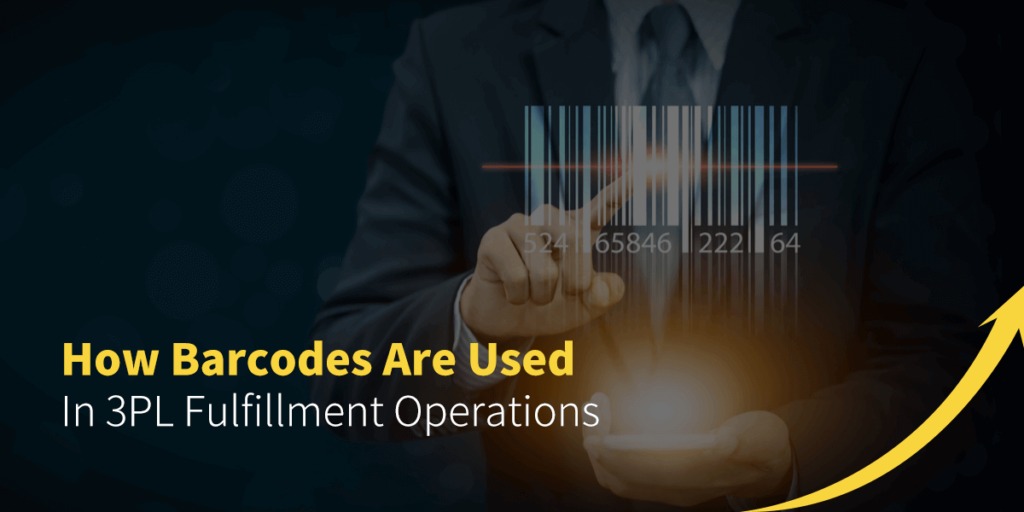
What is a shipping barcode?
A shipping barcode is a label printed and stuck on a package and scanned in each stage of the delivery process to identify the merchandise as it’s moved from the manufacturer or fulfillment center to the end customer.
Barcodes are scanned by machines to access information on the package, like customer name, products in the box, mode of shipping, and delivery address.
How 3PLs use shipping barcodes?
Third-party fulfillment centers rely heavily on shipping barcodes to order fulfillment efficiently. Here are some ways 3PLs use the shipping barcodes;
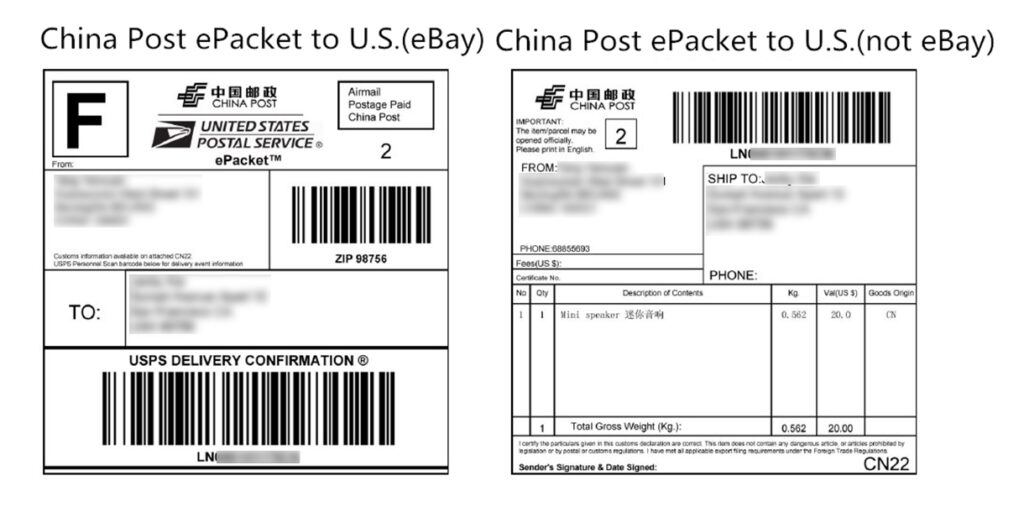
- Receiving inventory in the fulfillment center
Every inventory from either the manufacturers or suppliers into a 3PL fulfillment center gets scanned using a barcode scanner before it’s stored or moved to the next fulfillment process.
Each 3PL service provider has an inventory receiving process. To be a client, you need to understand their guidelines to avoid a potential increase in fees or your products failing to get identified quickly.
- Handing out scanned order to courier providers
In the fulfillment center, orders get picked and packed ready for delivery. Every package will have a shipping barcode pasted on its exterior surface.
The 3PL will then hand over the shipment to a courier company for delivery after scanning it before leaving the facility.
- Receiving return order from end customers
Return orders happen for many reasons. The process involved varies from one merchant to another. But in the case, your 3PL fulfillment provider handles return orders as well; then they scan the orders before accepting them.
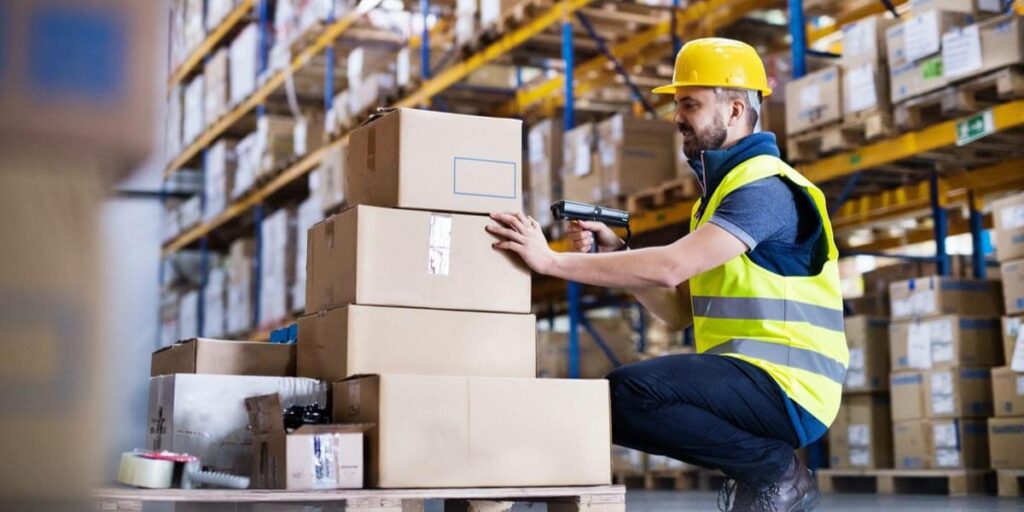
What are the two main types of barcodes 3PL encounter and scan?
- Shipping barcodes
These usually are on receiving slips or shipping labels. 3PL scans the inventory on receiving it and scan outgoing packages before courier carriers take them for delivery.
Barcode scanning in the fulfillment centers makes it easy to know when stock is out and restock to the client’s delivery expectations.
- Product barcodes
Accuracy of product sorting and packaging in a 3PL center is essential. Location barcodes or QR codes in warehouses for shelves help the usage of storage space optimal.
Product barcodes facilitate efficiency in the fulfillment center since most 3PL work with multiple brands to ensure the right product is packed and shipped on time.
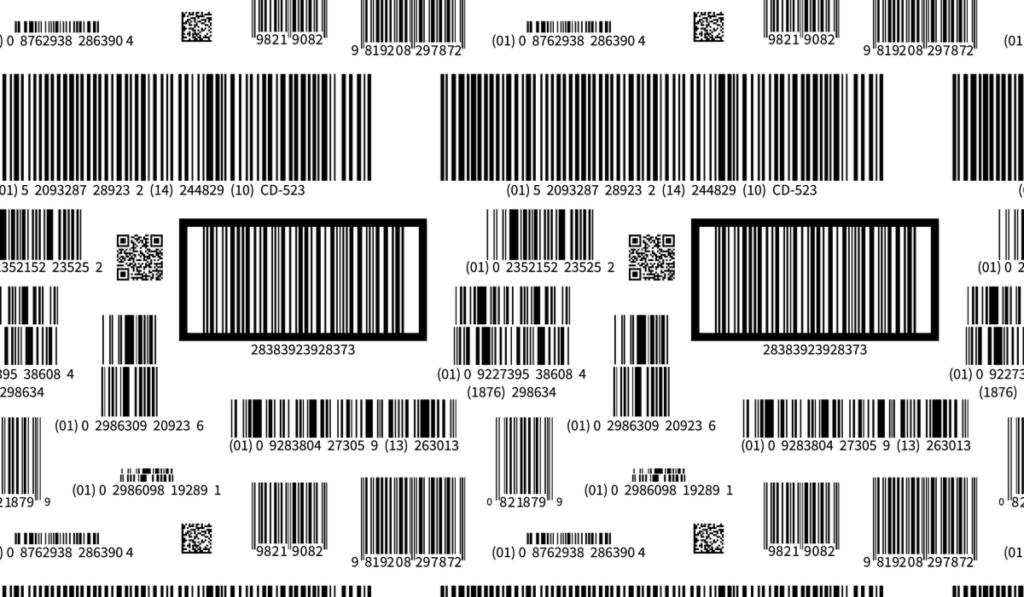
Other reasons why 3PL use product barcodes include:
- Generate stock reports
The information obtained from scanning product barcodes is compiled in the fulfillment center’s warehousing management system and used to generate stock reports about sales.
- Minimize errors
Small mistakes in counting and tracking inventory can be catastrophic to any 3PL service provider. Product barcodes help minimize errors that come with packaging and sorting when considering most 3PL handle hundreds of products at once.
- Track stock level
Automatically updating inventory keeps track of the stock levels in the warehouses. Information obtained from scanning product barcodes then automatically to the 3PL management system’s dashboard, where the staff can keep track of the stock and restock when needed.
How to get barcodes added to your products?
Your manufacturer or supplier can provide you with barcodes when ordering merchandise. Before shipping to the 3PL fulfillment center, there are shipping barcode labels added and any documentation needed by your 3PL.
Since barcodes get used in every stage of the supply chain, your merchandise must have them in these other stages;
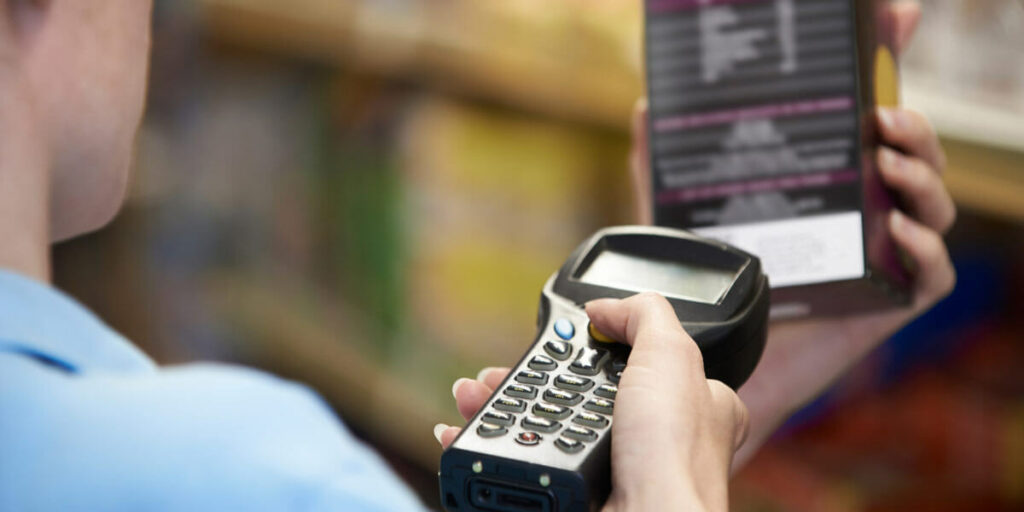
- Products arrive at the 3PL fulfillment center.
The warehousing staff receives the inventory, scan it, and ensure the products are in the quantities expected on arrival. Inventory gets stored in the storage location units of incoming packages.
- Retrieving products from storage location units
Picking lists are generated from the warehousing management system when customer orders come in. Using an automated system in the fulfillment center, the assigned picker will know where the product is stocked, pick it, and scan it for packing.
- Carrier picks up the package from the fulfillment center.
Delivery carriers do pickups at the fulfillment center after scanning the package, and the tracking system indicates that the box is off 3PL’s hands and on the delivery journey.
- Shipment in transit
Scanning packages that get shipped to far regions, probably from one country to another, help keep track of where the package is in transit.
Parcels delivered as a last-mile delivery get scanned from a local facility before delivering directly to the customer.
- The parcels arrive at its destination.
When the package arrives at its destination, it gets scanned to confirm it has reached the customer or partner. For B2B partners of 3PL fulfillment services, a shipping barcode may be used for their inventory.
For customers, the product barcode gets scanned before they receive it. If there is nobody to receive the package, it returned to the local sorting facility to deliver another time.
How NextSmartShip uses barcodes?
Labeling packages at NextSmartShip fulfillment centers with barcodes has streamlined products and shipping processes.
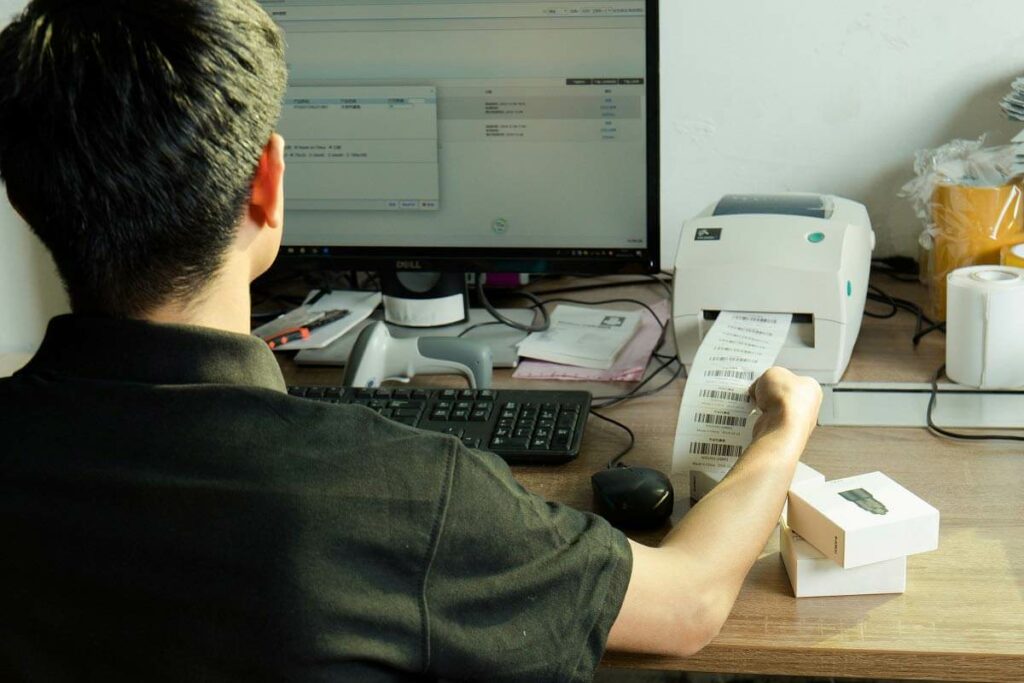
Our fulfillment centers handle tens of thousands of orders every day, and without barcodes, we could be mixing our clients’ products.
To ensure the shipment process is fast, we scan each product with barcodes first and put them on shelves for quick and easy retrieval when orders come in.
Again, barcodes enable us to store product data, and the information assembled contributes to the tracking of goods in our warehouses. With our warehousing management system, barcodes’ information enables us to keep the inventory optimal and organized.
From receiving, storing, and shipping your orders directly to customers, our team of inventory experts pays attention to the labeling and scanning process of barcodes.



